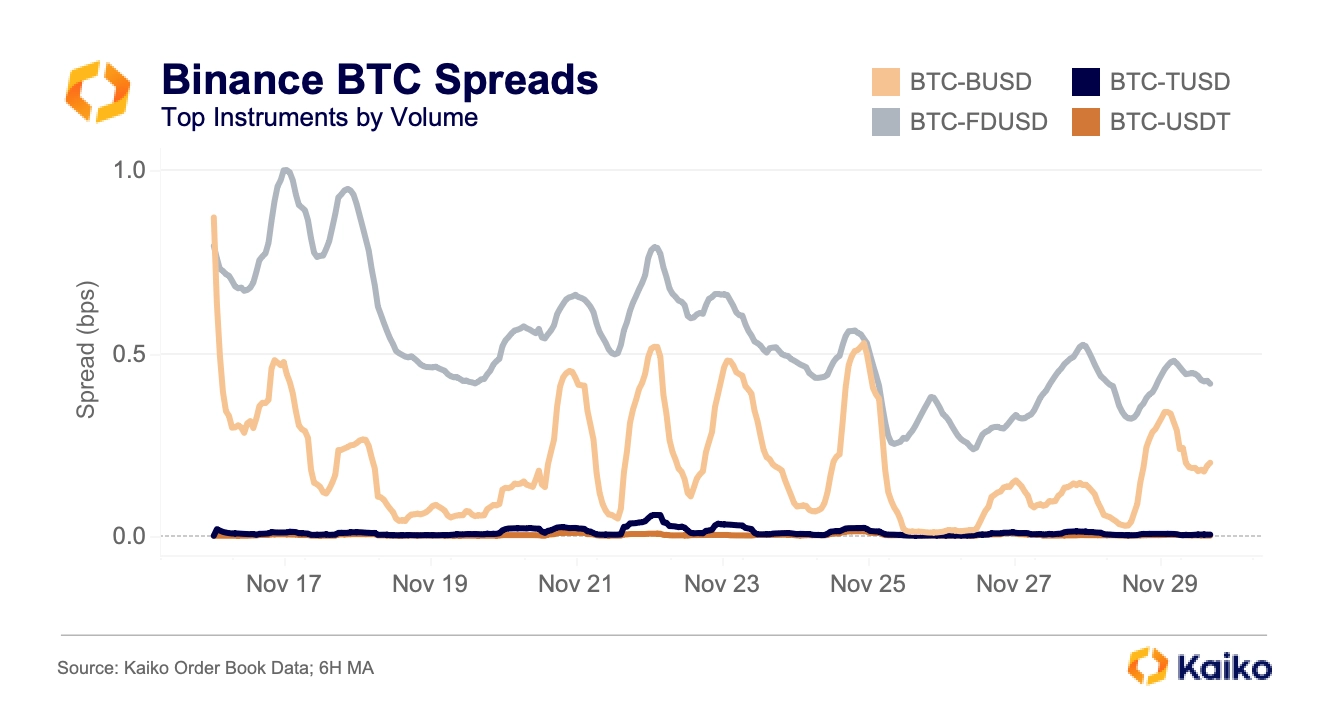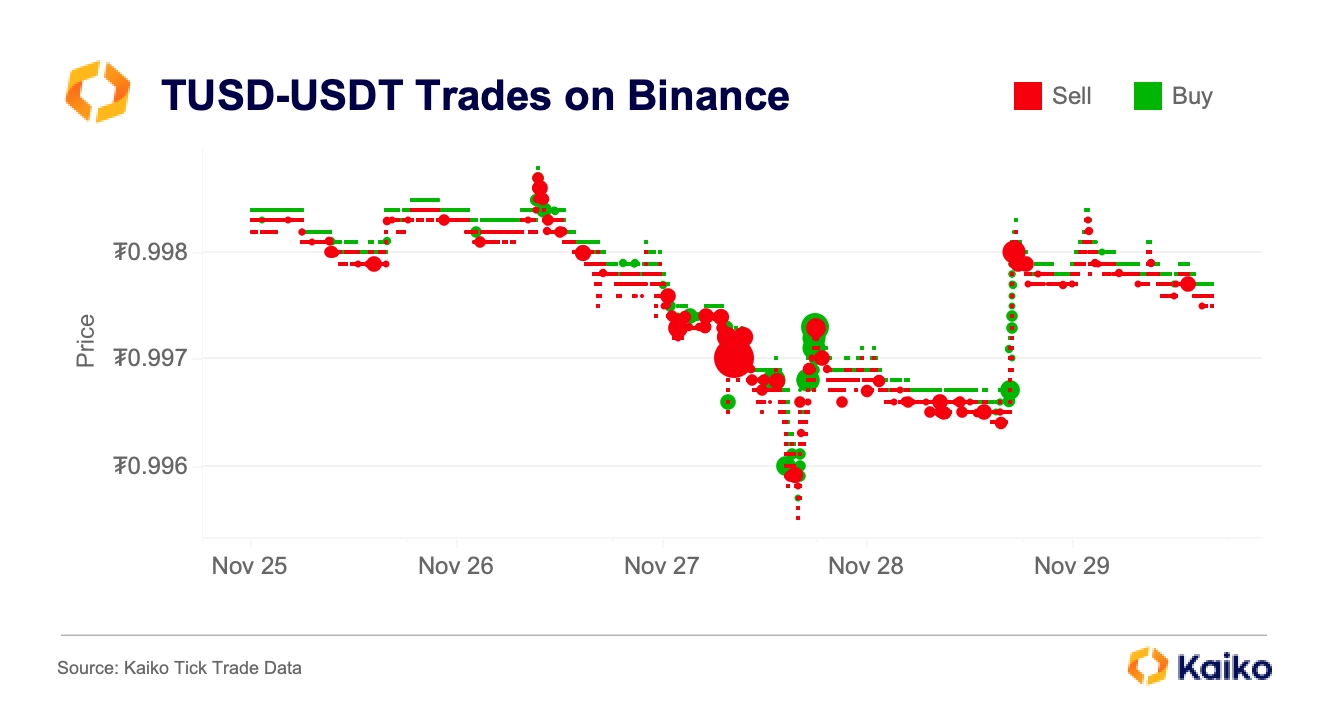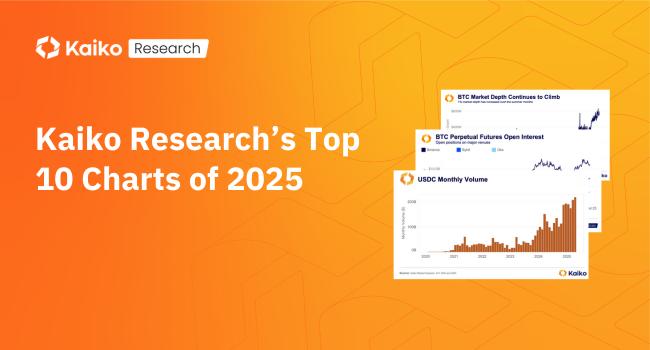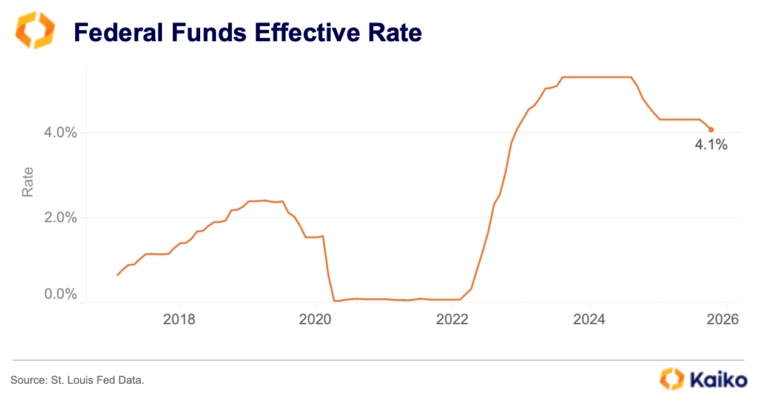who’s the winner?
Coinbase was already in the midst of a strong month when the news broke, and the news seemingly only added fuel to the fire, propelling the stock to a 75% gain in a single month. The prevailing narrative is that the bear market is thawing, and Coinbase will be a major beneficiary of this change in conditions.
Exchanges generate most of their revenue from transaction fees, and for virtually every non-Korean exchange, BTC is the highest volume non-stablecoin token. Already, some BTC volume trends are becoming clear. The chart below shows each exchange’s BTC market share at a certain UTC hour.
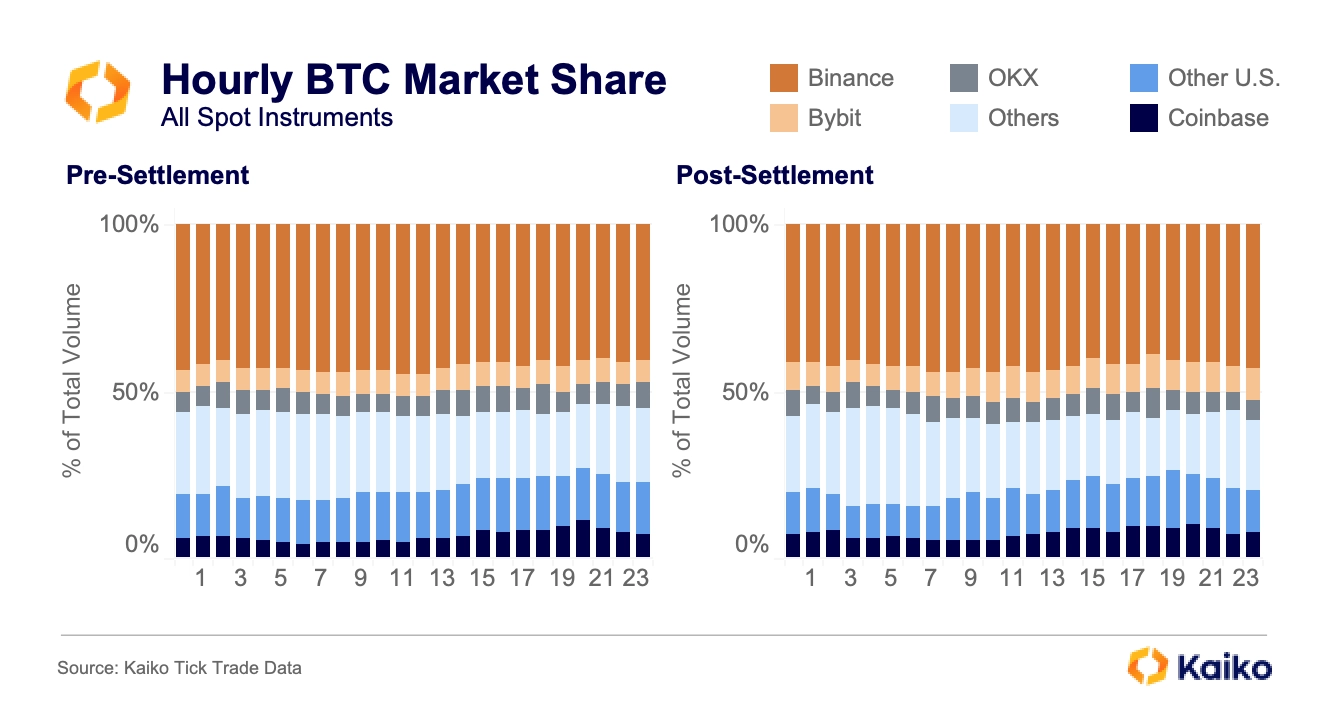
To better illustrate what might seem like small changes, the below charts each exchange’s percentage change in market share. Binance’s market share is so large that a 4% decrease at 11 UTC opened the door for Bybit to increase its market share 50%, and Coinbase 34%.
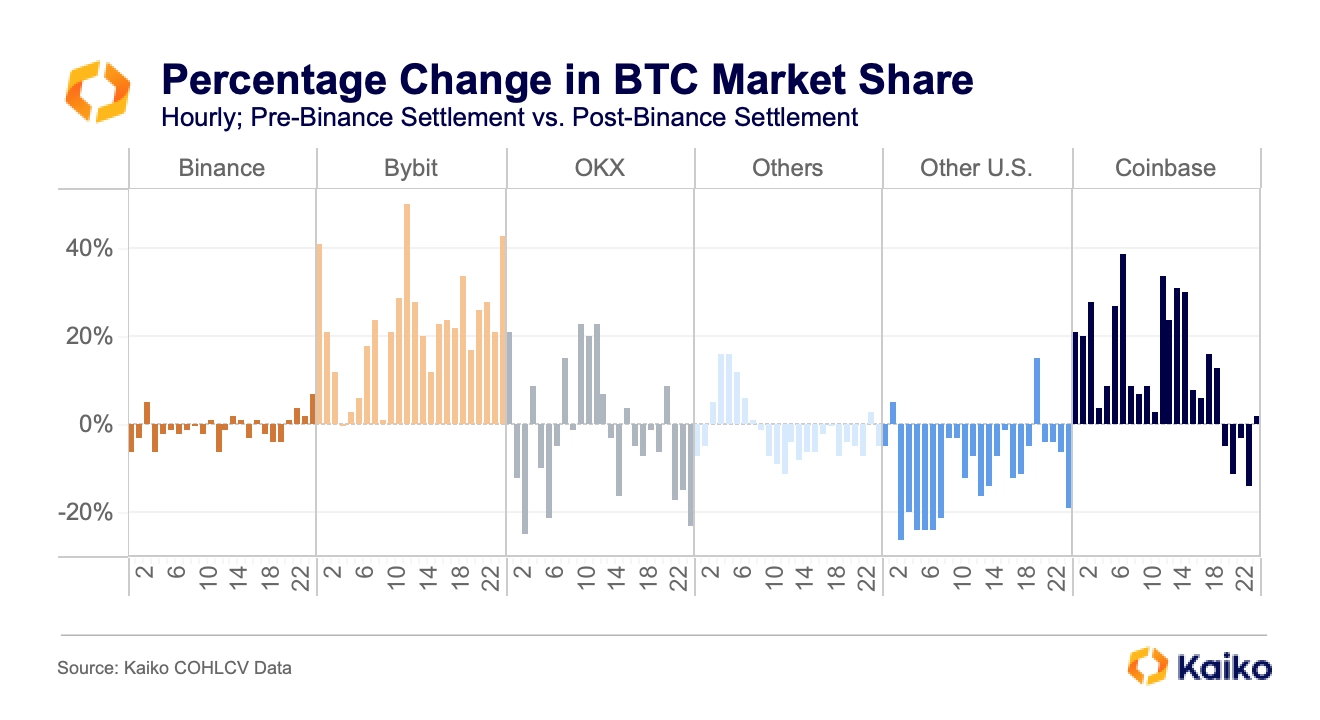
Bybit is the immediate standout winner, gaining market share in every single hour and growing by more than 20% in 16 out of 24 hours. The exchanges included in “Others” made most of their gains in the middle of the trading day in eastern Asia, while OKX gained the most at the start of western Europe’s trading day. Perhaps most interestingly, Coinbase’s share grew the most outside of U.S. trading hours (14-22 UTC), instead surging in the middle of the trading day in Europe and the beginning of the trading day in eastern Asia. The other U.S. exchanges category performed poorly across the board, though some exchanges included in this group have shown strength in recent months.
All told, Binance has ceded some market share to Coinbase in non-U.S. hours and Bybit across the board.
Despite Coinbase’s volume share growing, Binance remains the leader in liquidity, both for BTC and for altcoins. Meanwhile, Bybit has quietly improved its liquidity over the past year and, for some instruments, is on par with Binance.
For example, Binance and Bybit’s XRP spreads are so similar – with Bybit’s just a touch more volatile – that it seems likely that the same market maker(s) is/are operating on both exchanges.
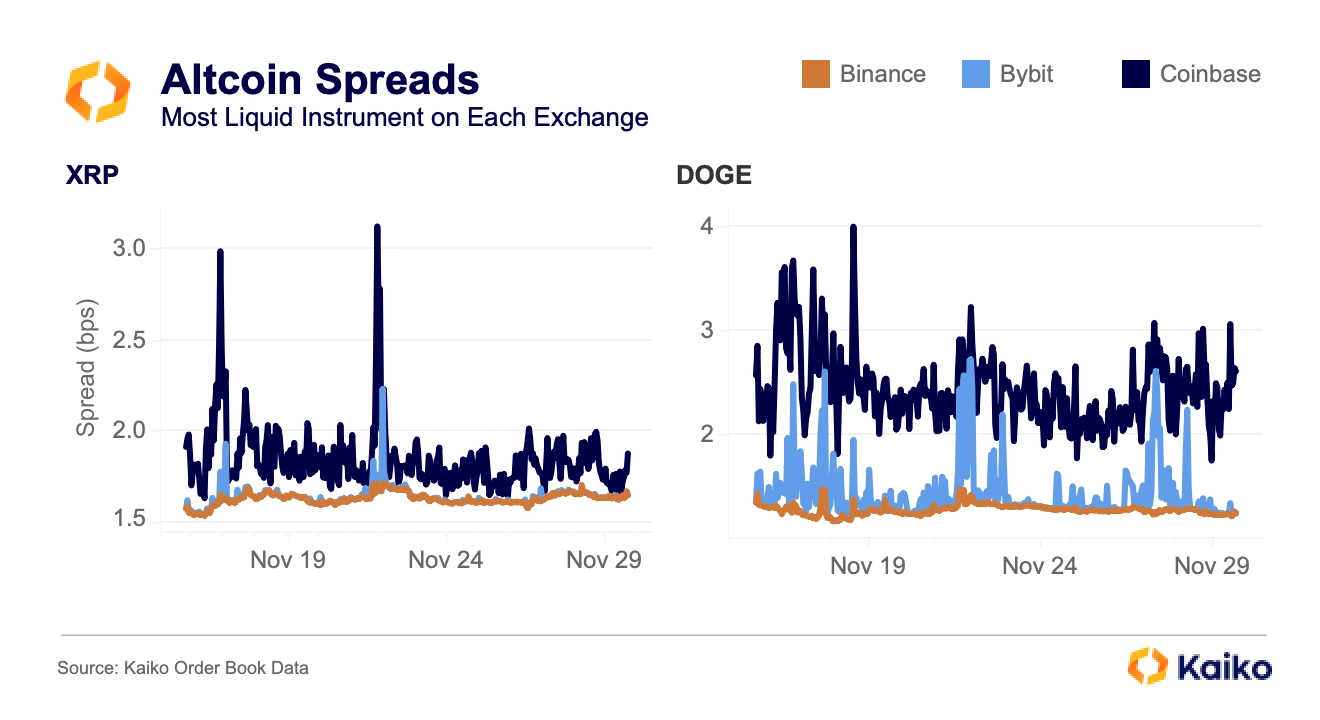
Meanwhile, DOGE shows why Binance is still on top. In the past couple weeks, its spreads have never exceeded 1.5 bps; Bybit’s baseline spread is similar, though it frequently jumps above 2 bps. Coinbase’s spread in both cases is higher than its rivals’ and it hasn’t yet shown signs of closing the gap.
conclusion
It’s too early to make sweeping predictions, but early trends look far from dire for Binance, while also promising for Coinbase and Bybit. This competition developed an interesting wrinkle this week in the form of an email from Coinbase to customers, which informed them that Coinbase received a subpoena from the CFTC related to Bybit.
While the most popular theory is that Binance will lose share to other exchanges, it’s also possible that the compliance monitor and improved AML/KYC procedures will increase trust in the exchange, helping to maintain its share. While it could be argued that centralized exchanges are perfect substitutes, the turbulence of the past couple years has shown that there is some stickiness to liquidity and volumes; people tend to want to keep using the exchanges that they’re already using.
Ultimately, this saga appears to be a positive for everyone: the U.S. government gets a win, Binance can continue to operate, and other exchanges can grow.


![]()
![]()
![]()
![]()



